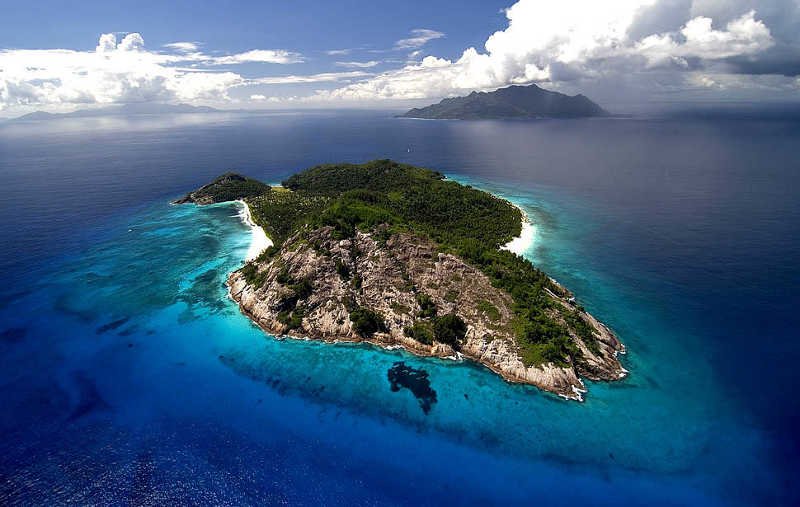
North Sentinel Island, a remote jewel nestled in the Andaman Sea, captivates the imagination with its air of mystery and intrigue.
Shrouded in secrecy and steeped in isolation, this forbidden paradise beckons explorers and researchers alike to unravel its enigmatic allure.
With its lush vegetation and pristine shores, North Sentinel Island stands as a testament to nature’s untouched beauty.
Situated in the Bay of Bengal, this tiny landmass remains largely unexplored, concealing within its verdant canopy a wealth of secrets waiting to be unveiled.
North Sentinel Island’s aura of forbiddenness stems from its isolation and the elusive Sentinelese tribe who call it home.
Protected by both natural barriers and legal restrictions, the island remains off-limits to outsiders, cloaked in an aura of mystery and danger.
Now, let’s take a closer look at the 10 incredible things to know about the forbidden North Sentinel Island
1. The Geography of North Sentinel Island
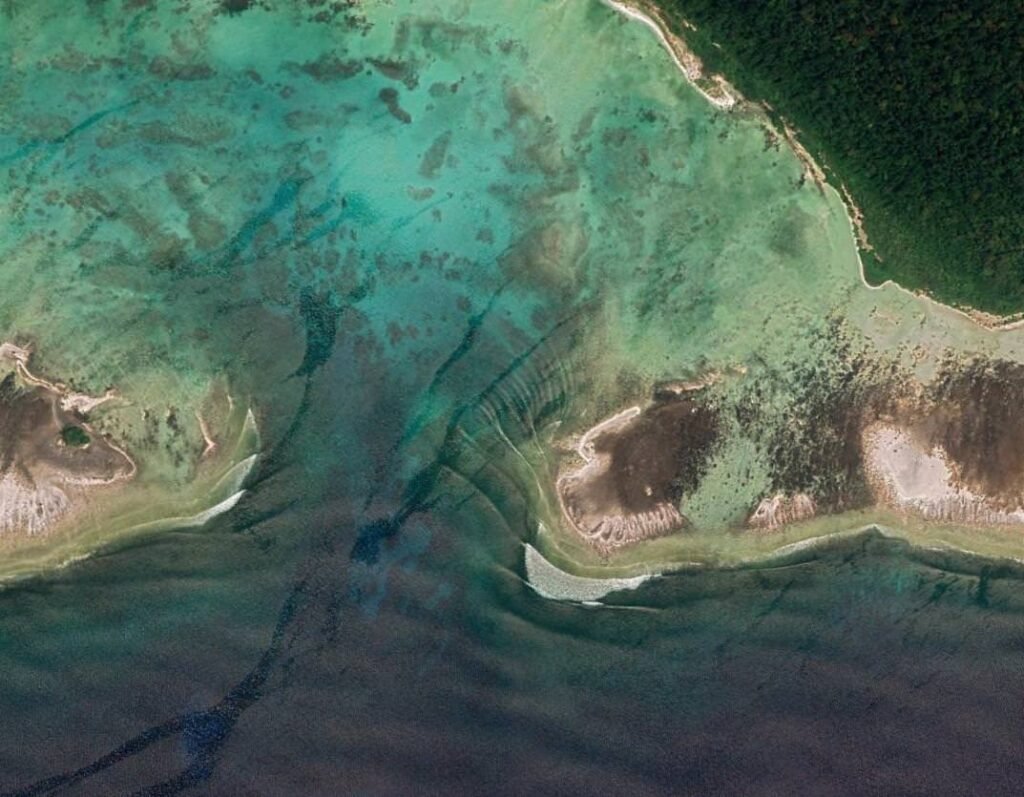
North Sentinel Island emerges as a geographical marvel, boasting a unique landscape and an ecosystem teeming with biodiversity.
Located in the Andaman Islands archipelago, North Sentinel Island occupies a strategic position in the Bay of Bengal.
Spanning approximately 72 square kilometers (28 square miles), it stands as one of the smaller islands in the Andaman chain.
Exploring the landscape reveals dense tropical rainforests, rolling hills, and pristine beaches.
Towering coconut palms sway gently in the ocean breeze, while mangrove swamps fringe the coastline, providing vital habitat for a myriad of marine life.
North Sentinel Island’s rugged coastline, adorned with coral reefs and rocky outcrops, serves as a natural barrier against intruders, further isolating the island from the outside world.
Its lush interior, cloaked in a verdant tapestry of vegetation, harbors a wealth of plant and animal species found nowhere else on Earth.
2. The Sentinel Islanders
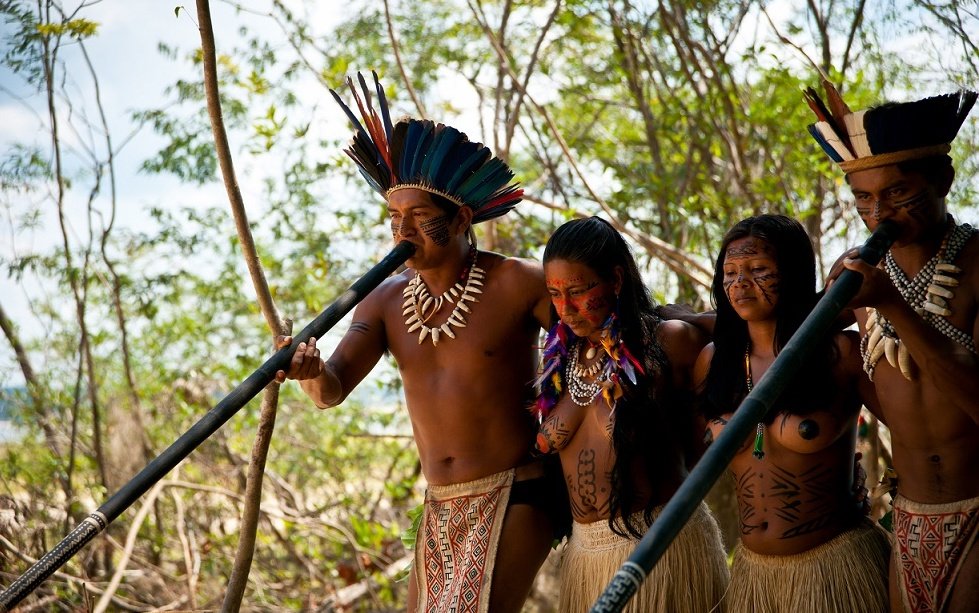
The Sentinelese tribe, shrouded in mystery and seclusion, inhabits the pristine shores of North Sentinel Island, where they have thrived for thousands of years.
The Sentinelese are one of the few remaining uncontacted peoples in the world, fiercely guarding their isolation from the outside world.
Their language, customs, and traditions are largely unknown to outsiders, contributing to their enigmatic reputation.
The history of the Sentinelese tribe is veiled in the mists of time, with little known about their origins or ancestral roots.
They are believed to be descendants of the first human migrations out of Africa, having settled on North Sentinel Island tens of thousands of years ago.
The cultural practices of the Sentinelese are deeply intertwined with their natural surroundings, with hunting, fishing, and gathering forming the cornerstone of their subsistence lifestyle.
Their spiritual beliefs and rituals remain a mystery, passed down through generations with unwavering reverence.
The Sentinelese lead a semi-nomadic lifestyle, moving within the confines of their island home in search of food and resources.
Their dwellings, constructed from palm leaves and driftwood, blend seamlessly with the surrounding landscape, reflecting their harmonious relationship with nature.
Despite the challenges posed by their remote existence, the Sentinelese exhibit remarkable resilience and adaptability, thriving in an environment that is both harsh and unforgiving.
Their intimate knowledge of the land and sea ensures their survival in a world untouched by modernity.
3. Language and Communication
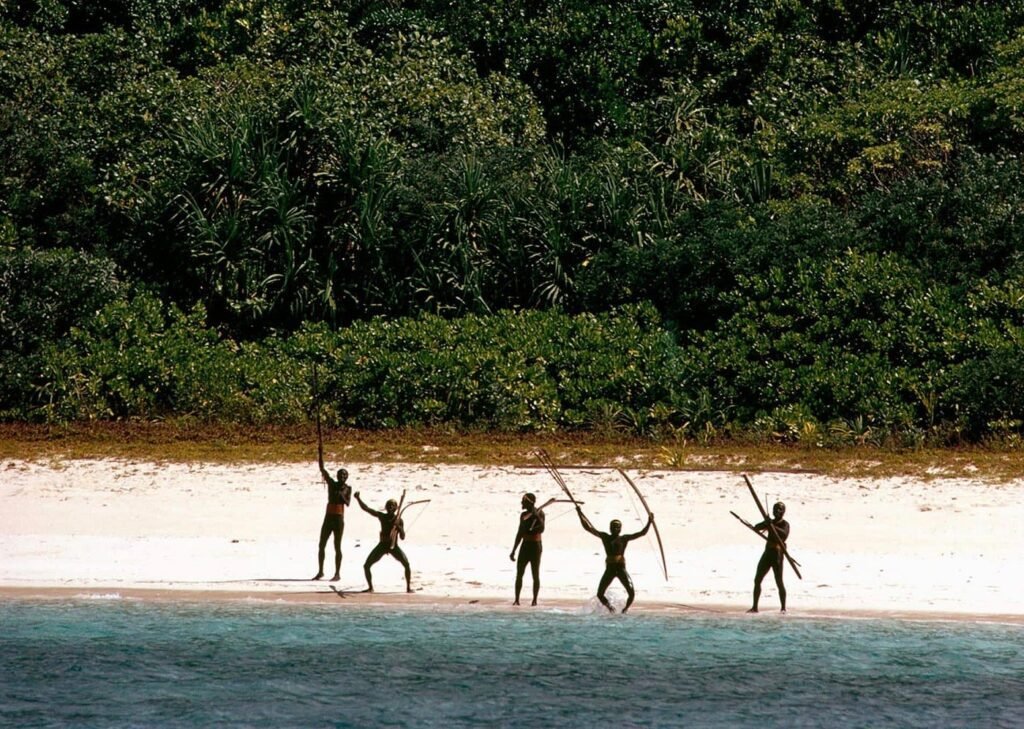
The language and communication methods of the Sentinelese tribe remain one of the most intriguing aspects of their culture, presenting numerous challenges and opportunities for exploration.
The Sentinelese language is a complex and unique system of communication, largely incomprehensible to outsiders.
Its phonetics, syntax, and semantics have eluded decipherment, posing significant challenges to linguists and anthropologists seeking to understand its intricacies.
Efforts to establish communication with the Sentinelese tribe have been met with limited success, often hindered by barriers of language, culture, and mutual distrust.
Despite numerous attempts by outsiders to initiate contact, the Sentinelese have remained steadfast in their isolation, resisting all external influences.
Linguists and anthropologists continue to grapple with the mysteries of the Sentinelese language, developing theoretical frameworks and conducting studies in an effort to unlock its secrets.
From comparative analyses with other Andamanese languages to acoustic studies of vocalizations, researchers employ a variety of methodologies to unravel the linguistic code of the Sentinelese.
Despite the challenges posed by the isolation of the Sentinelese tribe, ongoing research initiatives offer hope for a deeper understanding of their language and communication practices.
Each new discovery brings us closer to unraveling the enigmatic mysteries of the Sentinelese people and their ancient culture.
4. The Isolation of North Sentinel Island

North Sentinel Island stands as a bastion of isolation, shielded from the outside world by a combination of natural barriers and strict governmental policies.
The isolation of North Sentinel Island is primarily attributed to the Sentinelese tribe’s staunch determination to maintain their autonomy and preserve their traditional way of life.
For centuries, they have fiercely defended their homeland against intruders, viewing outsiders with suspicion and hostility.
The rugged coastline and dense jungles of North Sentinel Island serve as natural fortifications, further deterring would-be visitors from attempting to breach its shores.
The island’s remoteness and challenging terrain make it a formidable stronghold, allowing the Sentinelese to remain hidden from prying eyes.
Throughout history, North Sentinel Island has been the scene of numerous encounters between the Sentinelese tribe and outsiders, often resulting in conflict and bloodshed.
Early European explorers and colonial powers sought to establish contact with the islanders, only to be met with resistance and hostility.
Attempts at colonization and missionary activity on the island invariably ended in failure, as the Sentinelese fiercely defended their homeland against external threats.
Tales of shipwrecks and skirmishes with intruders serve as grim reminders of the island’s turbulent past and the resilience of its inhabitants.
In modern times, North Sentinel Island remains off-limits to outsiders, with access strictly regulated by governmental authorities.
Recognizing the need to protect the island’s unique ecosystem and preserve the cultural heritage of the Sentinelese tribe, stringent measures have been implemented to restrict visitation and ensure their continued isolation.
Governmental policies prohibit unauthorized entry to North Sentinel Island, with trespassers facing severe penalties and legal consequences.
These measures are designed to safeguard the fragile balance between preservation and progress, respecting the rights of the Sentinelese people to live undisturbed on their ancestral land.
5. Flora and Fauna on the Island

North Sentinel Island boasts a rich tapestry of flora and fauna, thriving in its pristine natural habitat and contributing to the island’s ecological significance.
The biodiversity of North Sentinel Island is a testament to its isolation and unique environmental conditions.
The island’s diverse ecosystems, ranging from dense rainforests to coastal mangroves, provide habitat for a wide array of plant and animal species.
Unique species found on North Sentinel Island have evolved in isolation, adapting to the island’s distinct climate and geographical features.
From rare orchids and towering hardwood trees to elusive bird species and endemic reptiles, the island is a haven for biodiversity, harboring treasures found nowhere else on Earth.
Conservation efforts on North Sentinel Island face numerous challenges, including limited resources, logistical constraints, and the delicate balance between preservation and human impact.
Governmental agencies and environmental organizations work tirelessly to protect the island’s fragile ecosystems and safeguard its endemic species from extinction.
Despite these challenges, conservation initiatives strive to raise awareness about the importance of preserving North Sentinel Island’s natural heritage for future generations.
Through research, education, and community engagement, efforts are underway to promote sustainable practices and mitigate threats to the island’s biodiversity.
6. Survival Strategies of the Sentinelese
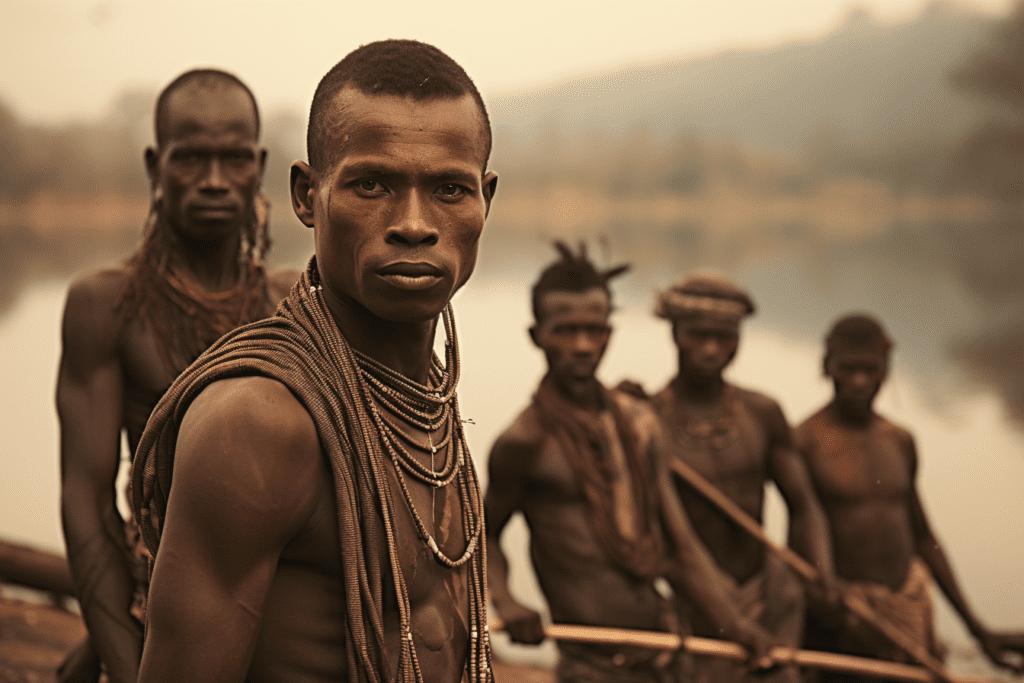
The Sentinelese tribe has developed intricate survival strategies tailored to their unique environment, enabling them to thrive in the rugged terrain of North Sentinel Island.
The Sentinelese rely primarily on hunting and gathering practices to sustain themselves.
Their intimate knowledge of the island’s flora and fauna allows them to harvest a diverse array of resources, including fish, shellfish, wild fruits, and tubers.
Using traditional hunting tools such as bows, arrows, and spears, they navigate the dense jungles and coastal waters with remarkable skill and precision.
Shelter construction and lifestyle adaptations reflect the Sentinelese’s deep connection to their natural surroundings.
Their dwellings, crafted from palm leaves, branches, and other locally available materials, provide protection from the elements while blending seamlessly with the island’s lush landscape.
With minimal reliance on modern technologies, they have honed their survival skills to withstand the challenges of their remote existence.
Health and medical practices among the Sentinelese are rooted in traditional knowledge passed down through generations.
Herbal remedies, rituals, and spiritual beliefs form the cornerstone of their approach to healthcare, addressing both physical ailments and spiritual well-being.
Despite limited access to modern medical facilities, the Sentinelese demonstrate remarkable resilience and adaptability in maintaining their health and vitality.
7. Encounters and Conflicts

North Sentinel Island’s history is punctuated by encounters and conflicts between the Sentinelese tribe and outsiders, highlighting the complexities of cultural exchange and the challenges of navigating uncharted territory.
Historical accounts of encounters with outsiders paint a vivid picture of the Sentinelese tribe’s staunch resistance to external influence.
Early explorers and colonial powers were met with hostility and suspicion, their attempts at contact often met with resistance and violence.
Tales of shipwrecks and skirmishes serve as sobering reminders of the perils of intruding upon the Sentinelese’s ancestral homeland.
Conflicts and tensions with authorities have arisen as governmental agencies seek to enforce policies restricting access to North Sentinel Island.
Efforts to protect the Sentinelese tribe and preserve their cultural heritage have sometimes clashed with the interests of researchers, adventurers, and commercial enterprises seeking to explore the island’s mysteries.
The implications of contact for the Sentinelese are profound, raising questions about the preservation of their autonomy, cultural identity, and way of life.
External influences, ranging from diseases to cultural assimilation, pose significant threats to the survival of the tribe and the integrity of their ancestral traditions.
The recent death of John Allen Chau, an American missionary who attempted to make contact with the Sentinelese tribe in 2018, sparked international controversy and renewed scrutiny of the island’s isolation policies.
Chau’s tragic demise underscored the dangers inherent in approaching uncontacted tribes and reignited debates about the ethics of missionary work and the rights of indigenous peoples.
8. Modern Expeditions and Research
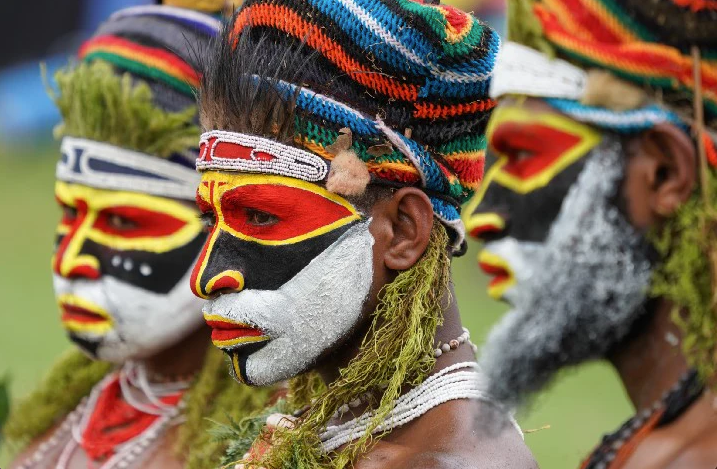
In recent years, North Sentinel Island has attracted attention from researchers, scientists, and adventurers eager to unravel its mysteries and gain insights into its unique ecosystem and indigenous inhabitants.
Recent attempts to study the island and its inhabitants have been met with both fascination and controversy.
Despite the challenges posed by the island’s isolation and restricted access, researchers have embarked on expeditions to document its biodiversity, study the Sentinelese tribe, and assess the impact of human activities on the island’s fragile ecosystem.
Ethical considerations and challenges loom large in the realm of North Sentinel Island research.
Questions of consent, respect for indigenous rights, and the potential for unintended consequences weigh heavily on researchers as they navigate the complexities of engaging with an uncontacted tribe and treading upon sacred ground.
Insights gained from limited observations offer glimpses into the unique cultural practices and environmental dynamics of North Sentinel Island.
From aerial surveys and satellite imagery to occasional glimpses from afar, researchers piece together a mosaic of knowledge about the island and its inhabitants, shedding light on its enigmatic past and uncertain future.
9. Legal and Ethical Considerations

The exploration and study of North Sentinel Island raise profound legal and ethical questions, touching on issues of indigenous rights, cultural preservation, and the delicate balance between intervention and non-interference.
International laws protecting uncontacted tribes serve as a foundation for safeguarding the rights and well-being of indigenous peoples, including the Sentinelese tribe.
Frameworks such as the United Nations Declaration on the Rights of Indigenous Peoples emphasize the importance of respecting indigenous cultures, territories, and autonomy, providing a legal framework for advocating on behalf of vulnerable populations.
The debate over intervention versus non-interference lies at the heart of discussions surrounding North Sentinel Island.
Advocates for intervention argue that the Sentinelese tribe may benefit from external assistance, such as access to healthcare, education, and economic opportunities.
However, opponents caution against disrupting the tribe’s traditional way of life and risking exposure to external threats, advocating for a policy of non-interference and respect for their autonomy.
Future prospects for the Sentinelese and their island remain uncertain, as pressures from outside forces and changing environmental conditions shape their destiny.
As the world continues to grapple with issues of cultural diversity and indigenous rights, the Sentinelese stand as a symbol of resilience and resistance in the face of encroaching modernity.
10. Pop Culture and Media Portrayal
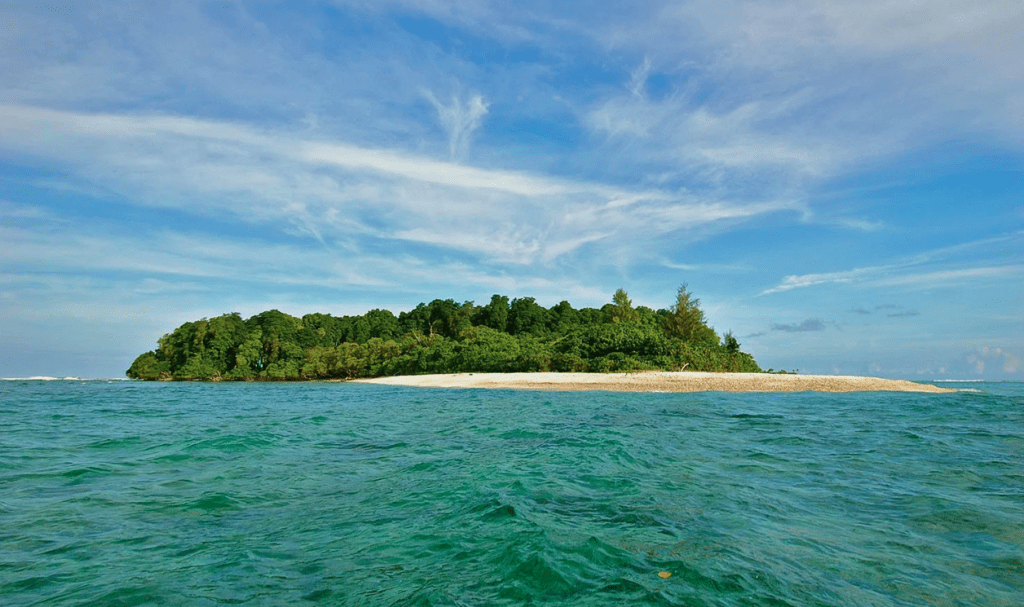
North Sentinel Island has captured the imagination of storytellers, filmmakers, and the media, becoming a focal point for narratives of adventure, mystery, and cultural intrigue.
Depictions of North Sentinel Island in literature and film often romanticize its isolation and enigmatic inhabitants, weaving tales of exploration and discovery against the backdrop of its lush landscapes and uncharted territories.
From adventure novels to blockbuster movies, the island’s allure serves as a canvas for creative storytelling and imaginative exploration.
The impact of pop culture and media portrayal on public perception and awareness cannot be overstated.
Through books, films, documentaries, and news stories, North Sentinel Island has captured the attention of audiences worldwide, sparking curiosity and fascination about its hidden treasures and untold secrets.
Critiques of sensationalism and misinformation abound in discussions of North Sentinel Island’s portrayal in the media.
Critics argue that sensationalized accounts and exaggerated narratives perpetuate stereotypes and distort the reality of life on the island, fueling misconceptions and misunderstandings about its inhabitants and their way of life.
Conclusion
As we conclude our exploration of North Sentinel Island, we reflect on the captivating journey that has unveiled its mysteries and complexities, shedding light on the enigmatic world of the Sentinelese tribe and their secluded paradise.
Recapping the 10 incredible things about North Sentinel Island, we have delved into its rugged geography, the resilience of its inhabitants, and the intricate web of cultural traditions and survival strategies that have shaped its identity over millennia.
Reflecting on the significance of preserving cultural diversity, we are reminded of the invaluable richness that North Sentinel Island represents in our global tapestry of humanity.
In a world increasingly marked by homogenization and cultural assimilation, the preservation of indigenous cultures and traditions stands as a testament to the resilience of the human spirit and the beauty of diversity.
In our final thoughts, we marvel at the enigmatic nature of North Sentinel Island and its people, who have guarded their ancestral homeland with unwavering determination and fierce independence.
As we contemplate the island’s uncertain future and the challenges that lie ahead, we are inspired by the resilience and strength of the Sentinelese tribe, whose legacy endures as a beacon of hope in an ever-changing world.
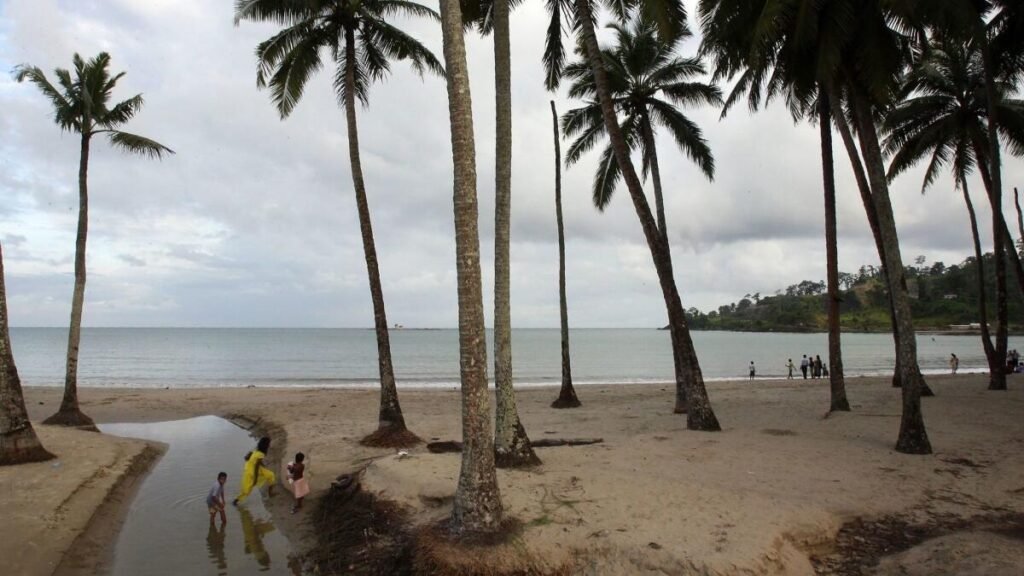
FAQ’s About North Sentinel Islands:
Why is North Sentinel Island illegal?
North Sentinel Island is not necessarily illegal itself, but access to the island is highly restricted by the Indian government to protect the indigenous Sentinelese tribe and preserve their way of life.
It’s considered illegal to approach or attempt to make contact with the Sentinelese people due to their isolation and vulnerability to outside diseases and influences.
What do Sentinelese eat?
The Sentinelese primarily rely on hunting, fishing, and gathering for their sustenance.
They hunt wild pigs, fish, turtles, and other marine life using traditional hunting tools such as bows and arrows, spears, and fishing nets.
They also gather fruits, tubers, and other edible plants from the island’s dense jungles.
How many people live in North Sentinel Island?
The exact population of the Sentinelese tribe living on North Sentinel Island is unknown, but estimates suggest that there are between 50 to 150 individuals inhabiting the island.
Can you go to North Sentinel Island?
No, access to North Sentinel Island is strictly prohibited by the Indian government to protect the isolation and well-being of the Sentinelese tribe. It is illegal to approach the island or attempt to make contact with the Sentinelese people.
What do the Sentinelese speak?
The language spoken by the Sentinelese tribe remains largely unknown and undeciphered.
They communicate among themselves using a unique language that has not been comprehensively studied or understood by outsiders.
Which island in India kills visitors?
North Sentinel Island in the Andaman and Nicobar archipelago is the island in India known for its isolation and the Sentinelese tribe’s hostility towards outsiders.
There have been instances where visitors who approached the island were killed by the Sentinelese tribe.
Which island has no human contact?
North Sentinel Island is known for having no regular human contact with the outside world.
The Sentinelese tribe inhabiting the island have remained isolated and have limited or no contact with the modern world.
What island is off limits to humans?
North Sentinel Island is off-limits to humans.
The Indian government has imposed strict regulations prohibiting access to the island to protect the isolation and safety of the Sentinelese tribe and preserve their cultural heritage.
What island can no one go to?
North Sentinel Island is the island that no one is allowed to go to.
It is protected by the Indian government, and access to the island is strictly prohibited to safeguard the isolation and well-being of the Sentinelese tribe.
